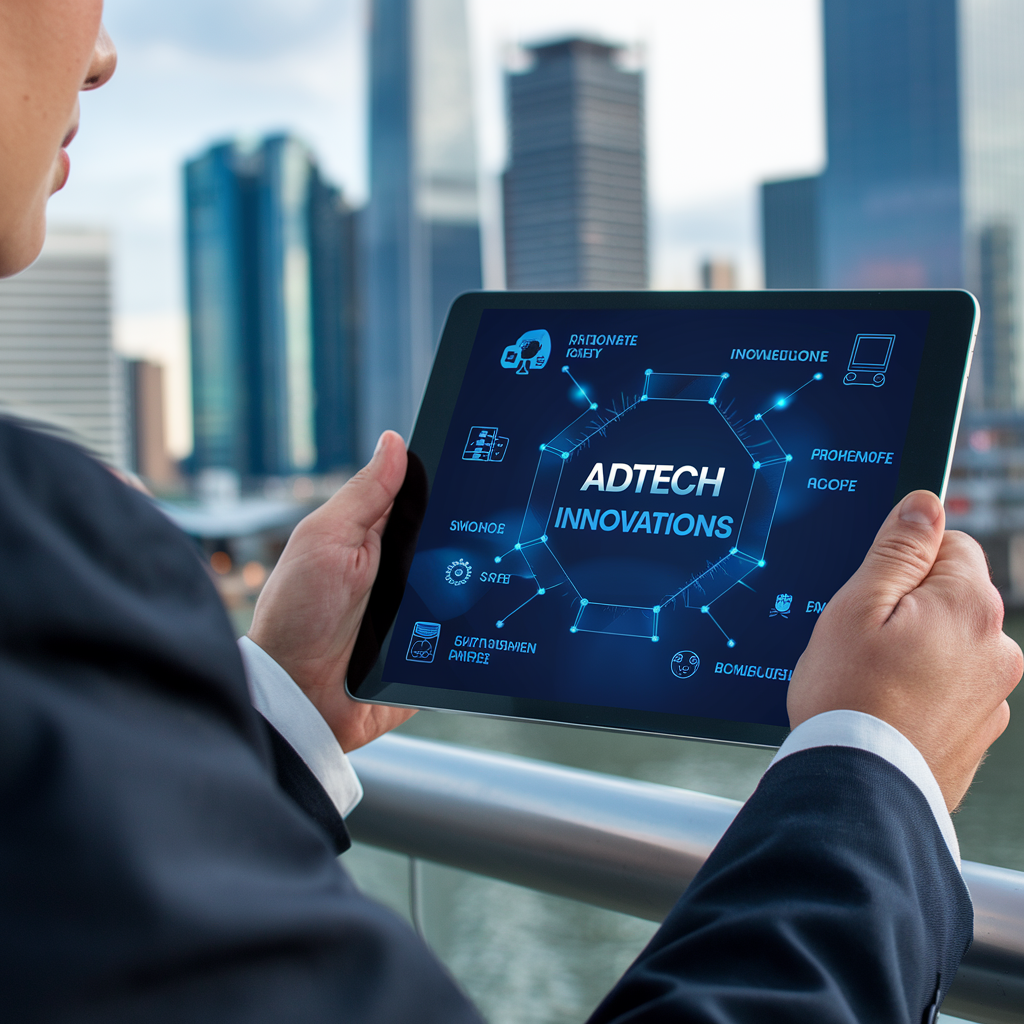In today’s fast-paced, technology-driven world, having access to reliable communication tools is not just a luxury but a necessity. For many low-income families, access to smartphones and high-speed internet can be a financial burden. Thankfully, various government programs are stepping up to provide free 5G government phones, ensuring that underserved communities can stay connected in the digital age. But what exactly are these free 5G government phones, and how can you get one? Let’s dive deep into the world of free 5G phones and explore everything you need to know.
What Are Free 5G Government Phones?
Free 5G government phones are part of initiatives aimed at bridging the communication gap among low-income individuals by providing them with free or highly subsidized smartphones equipped with 5G technology. These programs are designed to ensure that everyone has access to essential digital services such as internet access, calls, and messaging.
The Concept of Government-Subsidized Phones
Government-subsidized phone programs aren’t new. The idea began with the Lifeline Assistance Program, which initially offered discounted landline services. As mobile phones became more common, the program adapted, and now, with the introduction of 5G technology, the government is offering phones that can support the latest in mobile internet speeds.
Evolution from 3G to 5G
The transition from 3G to 4G and now to 5G has significantly enhanced the way we connect. 5G technology allows for faster downloads, better video calls, and smoother online browsing. For low-income families, accessing 5G means keeping up with modern digital trends and staying connected without lag.
Who Qualifies for a Free 5G Government Phone?
The programs offering free 5G phones are not available to everyone. There are specific eligibility criteria designed to ensure that only those in need can benefit from this service.
Eligibility Criteria
To qualify for a free 5G government phone, individuals must typically meet specific income guidelines or participate in federal assistance programs. The criteria may vary slightly depending on the state or service provider, but the main requirements remain consistent.
Income-Based Qualification
Households with an income at or below 135% of the Federal Poverty Guidelines usually qualify. This makes the program accessible to families who might struggle to afford mobile services otherwise.
Participation in Government Assistance Programs
Alternatively, eligibility can be determined by participation in programs such as:
- Medicaid
- Supplemental Nutrition Assistance Program (SNAP)
- Federal Public Housing Assistance (FPHA)
- Veterans Pension and Survivors Benefit
The Lifeline Assistance Program
What Is Lifeline?
The Lifeline Assistance Program is a longstanding initiative that provides discounted phone services to eligible low-income individuals. With the evolution of mobile technology, Lifeline now covers mobile phones and internet services, including 5G phones.
How Lifeline Connects to Free 5G Phones
Lifeline has evolved to support the latest technology trends. Many providers under Lifeline are now offering 5G phones to those who qualify, giving participants access to the fastest mobile networks at no cost.
The Affordable Connectivity Program (ACP)
Role in Providing 5G Phones
The Affordable Connectivity Program (ACP) is another federal initiative that helps low-income households gain access to mobile devices, including free 5G phones. It aims to ensure affordable internet access for all, with an emphasis on providing the best mobile technology.
Key Benefits of the ACP
With ACP, families can not only get a free 5G phone but also access discounted monthly internet services. This is crucial for families who rely on mobile phones for everything from job searching to virtual learning.
Top Providers Offering Free 5G Government Phones
Major Providers in the Program
Several major mobile carriers participate in these government programs to offer free 5G phones. These include:
- Safelink Wireless
- Assurance Wireless
- Q Link Wireless
- Access Wireless
Types of Phones You Can Get
The type of phone you receive can vary depending on the provider. Common models include Samsung, Motorola, and Nokia smartphones, all equipped with 5G technology to ensure the best possible connectivity.
How 5G Changes the Game for Low-Income Families
Faster Connectivity
5G technology is much faster than its predecessors, providing quicker internet speeds, which means seamless video streaming, faster downloads, and a more responsive mobile experience.
Improved Access to Services
For low-income families, this means better access to educational resources, online banking, telehealth services, and even remote job opportunities. The implications of having access to reliable internet are endless.
How to Apply for a Free 5G Government Phone
Step-by-Step Application Process
- Choose a provider offering free 5G government phones.
- Visit their website and fill out the online application.
- Provide proof of eligibility (income documentation or proof of participation in federal assistance programs).
- Wait for your application to be approved.
Documents You’ll Need
- Proof of identity (government ID or driver’s license)
- Proof of income or participation in a qualifying assistance program
The Importance of 5G in Modern Life
5G Benefits in Education
With more students participating in remote learning, having access to 5G phones helps low-income families ensure their children can access educational content, video lessons, and online resources without delays.
Impact on Healthcare and Telemedicine
Telemedicine is on the rise, and 5G phones make it easier for individuals to access healthcare consultations without interruptions. For families without internet access at home, this is a crucial benefit.
5G for Remote Work
For those seeking employment or currently working remotely, a 5G phone can be a game changer, offering fast connectivity for job applications, video conferences, and more.
Are There Any Limitations?
Coverage Issues in Rural Areas
While 5G is powerful, it’s not yet available everywhere. Some rural areas may still experience spotty coverage, limiting the full benefits of 5G.
Device Limitations
The phones provided through these programs are often basic smartphones, so they may not have all the advanced features of high-end models, but they are sufficient for everyday use.
Comparing 5G Phones with 4G Government Phones
Key Differences
The main difference between 4G and 5G is the speed and latency. 5G is much faster and offers lower latency, which is particularly noticeable during video calls and online gaming.
Why 5G Is the Future
As more services move online and into the cloud, 5G will become essential for keeping up with the pace of modern life. It’s not just about speed; it’s about ensuring reliable, high-quality connections for everyone.
How Free 5G Phones Help Close the Digital Divide
Bringing Connectivity to Underserved Communities
By providing free 5G phones, the government is helping to ensure that everyone has the tools needed to participate in today’s digital world, from education to healthcare to job opportunities.
Economic Impact of 5G Phones
With better connectivity comes economic empowerment. Families can save money on internet services, access more resources, and ultimately improve their standard of living.
Common Myths about Free 5G Government Phones
Dispelling Misconceptions
There are many misconceptions about free government phones. Some believe they’re unreliable or that the government tracks users’ activities. In reality, these phones are safe, reliable, and essential for connecting underserved communities.
Clarifying the Government’s Role
The government works with service providers to ensure low-income families have access to modern technology, but it doesn’t involve itself in the specifics of phone usage or personal data tracking.
Conclusion
Free 5G government phones are a lifeline for low-income families in the digital age. They provide access to vital services, enable better connectivity, and help close the digital divide. If you qualify for one, it’s definitely worth taking advantage of this opportunity to stay connected.
FAQs
- Can anyone get a free 5G government phone?
No, you must meet specific income or program participation requirements to qualify for a free 5G government phone. - How fast is 5G compared to 4G?
5G is significantly faster, with much lower latency, providing quicker downloads and smoother online experiences. - Is 5G available everywhere?
Not yet. While 5G is rapidly expanding, some rural areas still may not have complete coverage. - What kind of phone can I expect to receive?
The phone models vary by provider, but they are typically reliable smartphones with basic features and 5G capabilities. - Do I have to pay for the monthly service?
Some programs may offer discounted monthly service, while others might provide the service for free depending on your eligibility.




